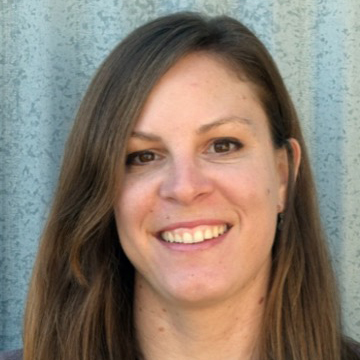Annika Wylie
Assistant Professor
Biological Sciences
| Office Location |
DLSB 339 |
Education
Ph.D. University of Texas Southwestern Medical CenterPostdoctoral University of Texas Southwestern Medical Center
Research Interests
The Wylie lab investigates the p53 tumor suppressor's role in transposon suppression during development and disease. The p53 gene is altered in most human cancers but its precise tumor suppression mechanism remains unclear. A prevailing model is that p53 induces target genes under stress to trigger apoptosis, cell cycle arrest, or senescence. Surprisingly, removing these functions in animals does not lead to tumors, implying unknown p53 effectors. These and related findings highlight conspicuous gaps in our understanding of p53-mediated tumor suppression.
Since p53 genes predate the need for cancer prevention, we use the Drosophila model to explore ancestral p53 functions, which could provide novel entry points for understanding p53 in the context of human disease. By studying the germline cells of flies, we discovered a conserved function of p53 to restrain retrotransposons, which are a class of mobile genetic elements linked to human disease. We also found patterns of unrestrained retrotransposons in p53-driven mouse and human cancers. Since transposon repression by p53 may be important for tumor suppression, we explored how p53 downregulates genes. Using a biosensor that visualizes p53 action throughout Drosophila development, we established that p53 also acts as a direct transcriptional repressor, operating continuously through the same canonical binding sites that specified p53 transactivation in earlier stages. Our work challenged a widely recognized model that p53 acts exclusively as a transcriptional activator and raises the possibility that p53 could suppress tumor formation by constitutively repressing target genes and restricting transposon activity. Building on these observations, future aims will leverage Drosophila and vertebrate model systems to elucidate how opposing p53 transcriptional outcomes are specified and determine how p53 transposon constraint may prevent tumor formation.
